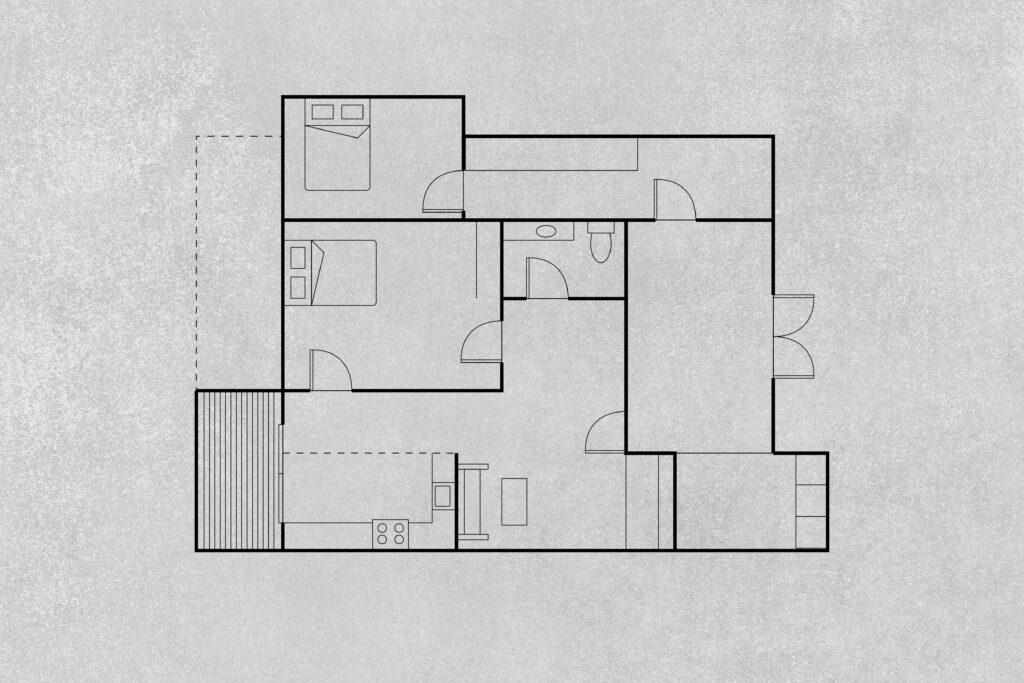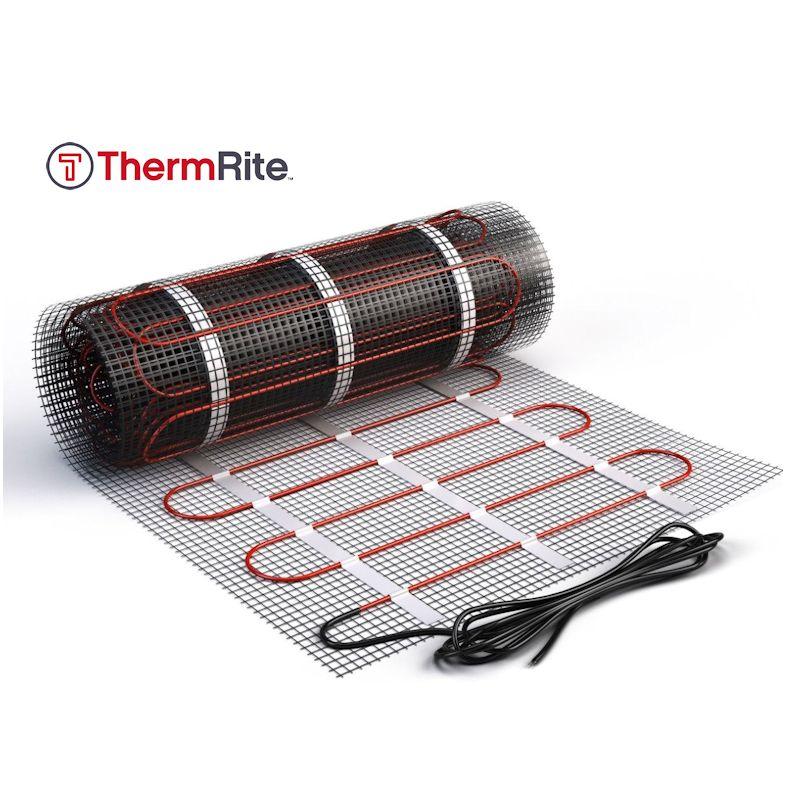Underfloor heating is a popular method of heating homes that involves distributing heat through pipes or electrical wires installed underneath the floor surface. One common question that arises when using underfloor heating is what temperature it should be set at for optimal comfort and efficiency. It is important to understand the factors that influence the ideal temperature setting for underfloor heating and how to achieve the most comfortable and energy-efficient environment.
The first factor to consider when determining the temperature setting for underfloor heating is the type of flooring in the room. Different types of flooring materials have varying heat conductivity properties, which can affect how quickly and evenly the heat is distributed throughout the room. For example, tile or stone floors have high heat conductivity and can therefore be set at a lower temperature, while carpeted floors have lower heat conductivity and may require a higher temperature setting to achieve the same level of comfort.

Another important factor to consider is the size and layout of the room. Larger rooms or rooms with multiple windows may require a higher temperature setting to maintain a comfortable temperature throughout the space. It is also important to consider any furniture or other obstacles that may block the heat from reaching certain areas of the room, as this can impact the overall effectiveness of the underfloor heating system.
The desired indoor temperature is also a key consideration when setting the temperature for underfloor heating. The ideal indoor temperature can vary depending on personal preferences, but generally falls within the range of 18-24 degrees Celsius. It is important to find a balance between achieving a comfortable temperature and minimizing energy consumption, as setting the temperature too high can result in unnecessary energy usage and higher utility bills.

In addition to these factors, it is important to consider the efficiency of the underfloor heating system itself. Modern underfloor heating systems are designed to be energy-efficient and can be controlled using programmable thermostats to set schedules and adjust temperature settings throughout the day. By taking advantage of these features, homeowners can optimize the performance of their underfloor heating system and ensure a comfortable living environment while minimizing energy costs.
In conclusion, the ideal temperature setting for underfloor heating depends on a variety of factors including the type of flooring, the size and layout of the room, personal preferences, and the efficiency of the heating system. By carefully considering these factors and making informed decisions about temperature settings, homeowners can achieve a comfortable and energy-efficient living environment with their underfloor heating system.



